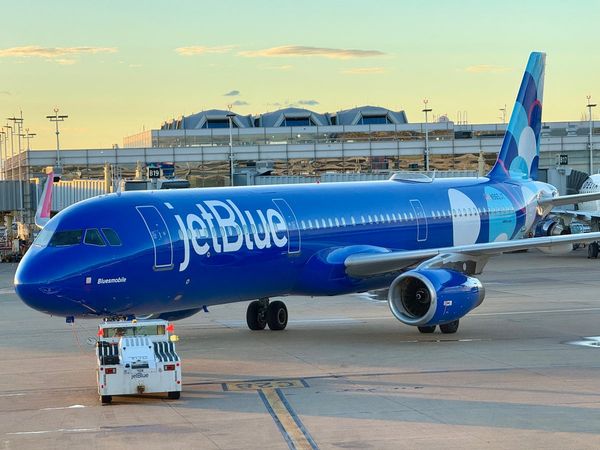Amazon was well received by traders on its third-quarter earnings. In late afternoon trading, shares ramped up 6% in vigorous turnover. So let's view an iron condor in options for Amazon stock.
The megacap tech, video streaming and e-commerce innovator is poised to break into new high ground amid a backdrop of increased volatility into and through the election cycle. Plus, many market participants are looking for a spike higher into the end of the year as the markets get over the uncertainty of election results. So, we'll use a trusty iron condor, a strategy that capitalizes on trading the wider ranges in Amazon stock today.
Gyrations are likely to occur before the chart settles out to higher lines of resistance potentially ahead.
According to IBD Stock Checkup, AMZN holds a 91 Composite Rating and ranks 4th overall within the Retail-Internet industry group.
When we position with short iron condors, we attempt to collect time decay while a chart bases or settles into a new direction.
As always, we assume that we don't know the direction but are able to estimate the magnitude of the move using the ATR (average true range, measured on the weekly chart) and the implied moves that the market makers have priced into the move over the months ahead.
Amazon Stock Today: The Trade
First, let's show the trade structure of a short iron condor trade. It consists of two spreads: a short call spread and a short put spread. Placed together, the icon condor defines a range of price motion that we estimate Amazon stock will not exceed.
Specifically, set it up this way:
- Sell to open 1 AMZN Dec. 20-expiration call with a 225 strike price
- Buy to open 1 AMZN Dec. 20 230 call
- Sell to open 1 AMZN Dec. 20 175 put
- Buy to open 1 AMZN Dec. 20 170 put
As of this article's writing the credit received was $1.78. This credit marks the maximum potential profit of $178 per set of option contracts overall. As this premium erodes, we collect money.
We calculate maximum risk in the following way: Take the distance between strikes — here they are both the same at $5 each side — and subtract the credit received. So, total risk equals $3.22, or $322.
Keep in mind that we could design one spread to hold a wider risk than the other spread in this trade, and the structure would remain an iron condor.
Why take a trade where the risk is often more than twice the reward?
The answer: the probability of the short iron condor with strikes far out of the money (meaning far away from the price of the stock currently) returning gains is often as much as 9 times more likely than the long iron condor.
In the current case with Amazon stock, the probability of the short iron condor delivering gains stands more than 8 times as likely. So, we make the trade in Amazon stock on the side of probabilities, rather than the possibility of outsized gains.
How Analysts Saw Amazon's Q3 Results And Outlook
Defending The Trade
Stock hunting using fundamental and price strength within the IBD methodology is where I firmly plant myself under the backdrop of the current economic backdrop. I use technical analysis to find ideal buying opportunities in conjunction with the tools for strength seen on IBD.
Now, let's identify key chart levels. After earnings, Amazon stock now close to the top of its range of 200. It could extend higher, but is likely to return to the breakout area before continuing its ascent. We assume volatility in the near term.
We also see the value area and prior breakout line for Amazon stock at or near 180 – and so estimating we stay in this range gives me the short strikes chosen.
The strategy result provides three choices to exit the trade. One, buy back the iron condor once it gets to an acceptable profit margin. I customarily look for 30%-60% profit for these kinds of trades in the current environment of volatility. Two, buy back the iron condor once it hits a loss threshold as determined by personal risk. I customarily look at about 65%, although depending on the position size, I will choose 50% in this case. And three, buy back the spreads into the week before expiration, if all is going well and you have decided to hold the trade into closer to the end of expiration.
I have had many a trade go sideways taking it down to the wire and not capturing gains, so I do not advise the third choice.
Anne-Marie Baiynd is a 20-year veteran trader of stocks, options and futures and is the author of "The Trading Book: A Complete Solution to Mastering Technical Systems and Trading Psychology." She holds no positions in the investments she writes about for IBD. You can find her on X at @AnneMarieTrades







